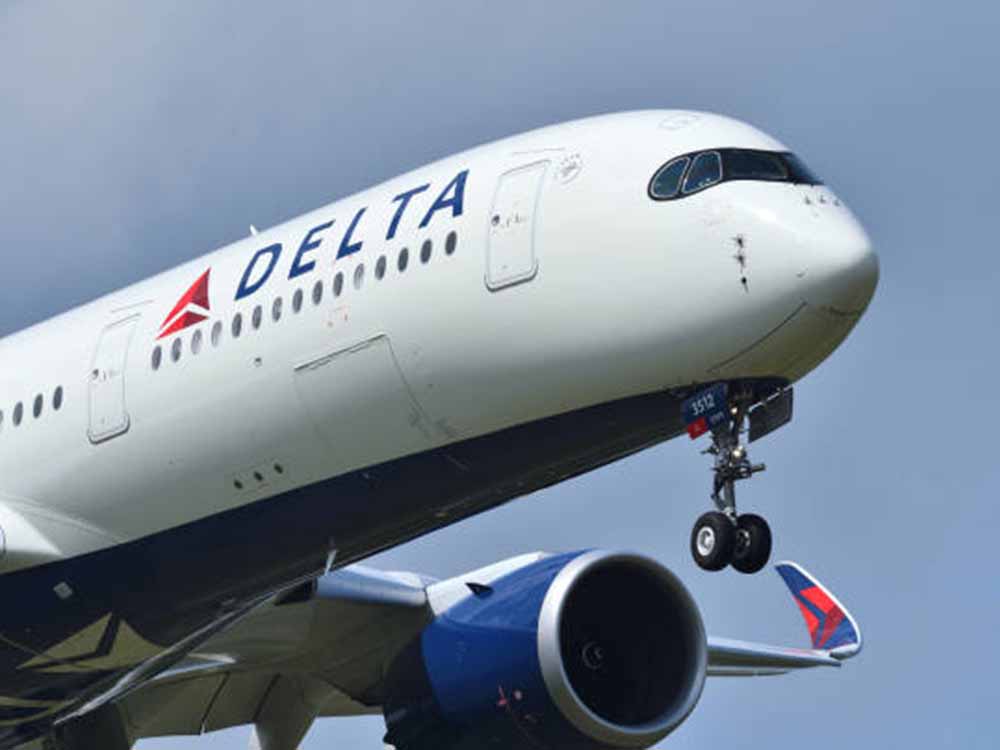Delta Airlines – Navigating the Skies in 2011
Delta Air Lines, founded in 1924, had become one of the major players in the global aviation industry by 2011. With its headquarters in Atlanta, Georgia, Delta operated an extensive network of domestic and international flights, making it a key player in the airline industry.
Financial Position and Industry Dynamics
In 2011, Delta was navigating through a period of significant change in the airline industry. The aftermath of the global financial crisis posed challenges, but Delta had demonstrated resilience. The airline industry as a whole was adapting to economic shifts, fuel price fluctuations, and changes in consumer behavior.
Delta had undergone a transformative merger with Northwest Airlines in 2008, creating one of the world’s largest airlines. The integration process continued into 2011, impacting routes, fleets, and operational procedures. This strategic move strengthened Delta’s position in both domestic and international markets.
Operational Expansions and Service Offerings
Delta had been actively modernizing its fleet, introducing fuel-efficient aircraft to improve operational efficiency and reduce environmental impact. Investments in new technologies and aircraft were central to the airline’s strategy for maintaining a competitive edge.
With a focus on expanding its global footprint, Delta had increased its presence on international routes. Strategic alliances and partnerships with other international carriers further enhanced its connectivity, allowing passengers to seamlessly travel to various destinations worldwide.
In response to changing consumer expectations, Delta implemented customer-centric initiatives. These included improvements in in-flight services, enhanced entertainment options, and upgrades to airport lounges, reflecting a commitment to providing a superior travel experience.
Challenges and Innovations
The airline industry faced ongoing challenges related to fuel price volatility. Delta, like its peers, had to adapt to fluctuating fuel costs, implementing fuel-efficient practices and exploring alternative energy sources to mitigate the impact on operating expenses.
In the dynamic landscape of aviation technology, Delta invested in innovations to streamline operations and improve passenger experiences. This included advancements in online booking systems, mobile check-in, and in-flight connectivity, reflecting the airline’s commitment to staying at the forefront of technological advancements.
Sustainability Initiatives and Future Prospects
Delta, like many other airlines, recognized the importance of sustainability. Efforts to reduce carbon emissions and adopt environmentally friendly practices were underway. The airline industry, including Delta, faced increasing pressure to address its environmental impact and explore sustainable alternatives.
Looking ahead, Delta positioned itself for continued growth and global competitiveness. The airline industry was evolving, with emerging markets playing a crucial role. Delta’s strategic decisions, such as route expansions, fleet upgrades, and ongoing efforts to enhance customer experiences, reflected its commitment to long-term success.
In summary, as of 2011, Delta Airlines stood at the intersection of industry dynamics, financial challenges, and operational innovations. The aftermath of the merger with Northwest Airlines, coupled with a focus on modernization and customer satisfaction, shaped Delta’s narrative in the competitive aviation landscape. The industry’s response to economic uncertainties and the push for sustainability added layers to Delta’s strategic considerations as it charted its course through the dynamic skies of 2011.











